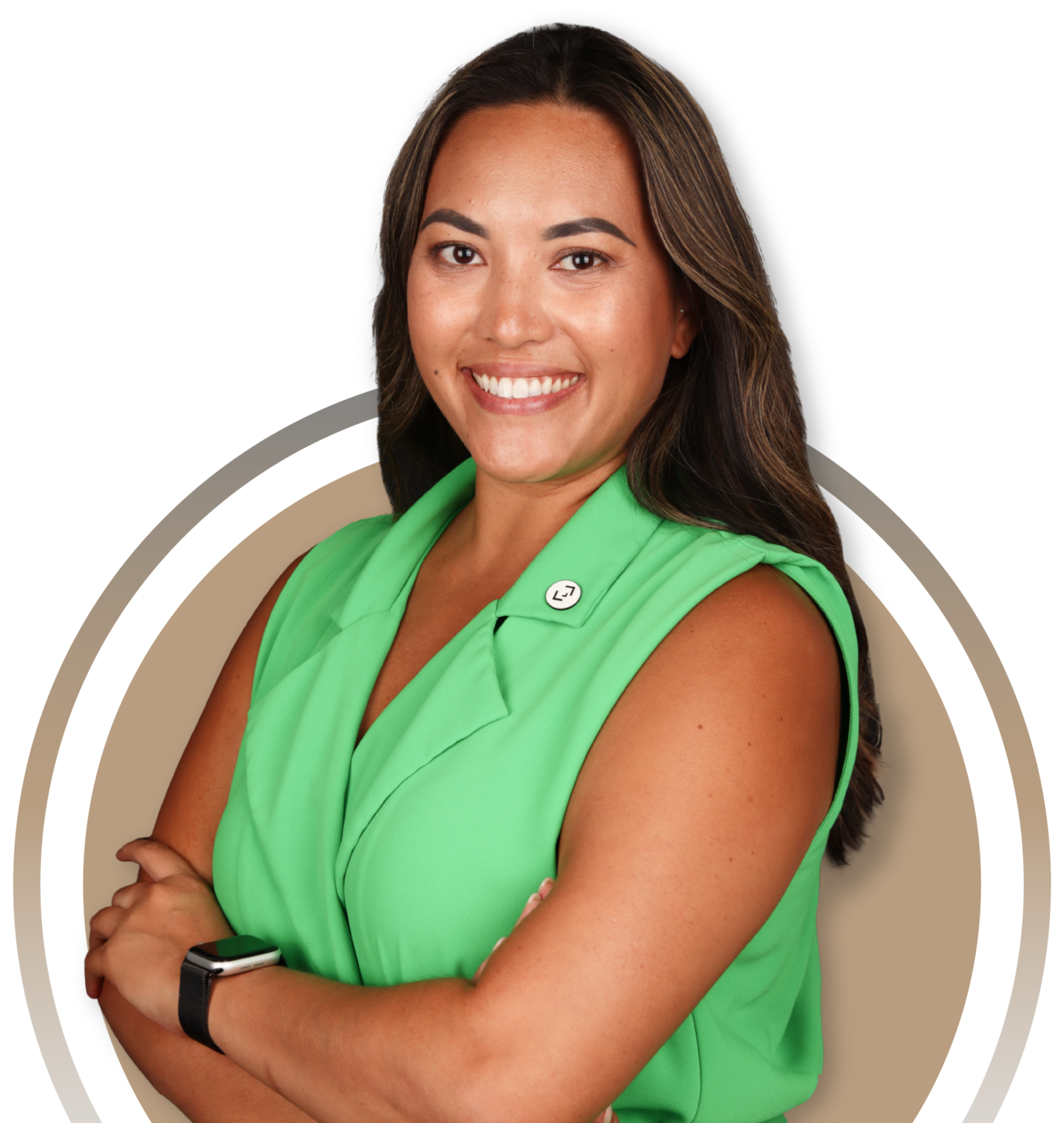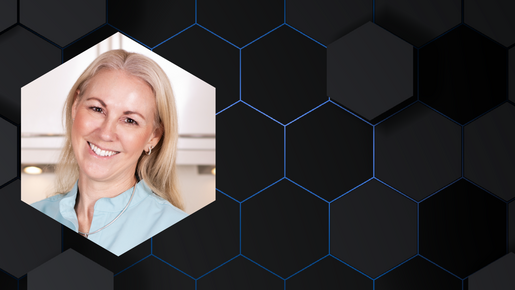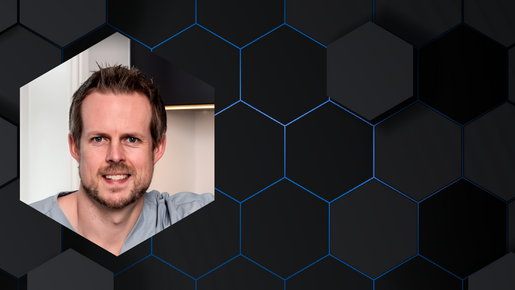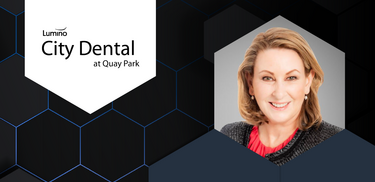
Adopting a digital approach
Dr Andrea Shepperson, a Kois-trained dentist and key opinion leader, ran her established clinic in Auckland, New Zealand, with excellent analog practices for many years. Always on the lookout for better solutions and being open-minded to technology advancements, when she first heard Christian Coachman talk about digital smile design and digital facebows she knew this was the future of dentistry.
"Suddenly a light bulb went on for me. I realized this was a new way of doing things and I really liked it. It's efficient, it's digital, it involves computers," she explains.
She continued to expand her knowledge in this area and attended a DSD course some time after this experience. She describes the insights that she gained from the event as follows: “It showed me things that I was missing in the analog world. I saw this was going to take my dentistry to a different visualization, which would impact my understanding of cases. You would get a different degree of precision by picking up on small details that you miss with analog. As a result you make different clinical decisions which would ultimately achieve better outcomes for the patients.”
The introduction of DSD into her practice marked the beginning of a transformative journey which involved training, investment in digital tools, and a shift towards a more visually and digitally integrated practice. The lab that she worked with had Kois-trained technicians who were open to her new approach.
"It gave me a much better means of communicating with my laboratory. With DSD we could take a 2D design and convert it into 3D with wax and ultimately implement a more streamlined mock-up process,” she continues.
Another game changer that DSD introduced was the facially driven design concept which became standard practice with how Andrea worked with her lab. She attributes the shift to visual communication about cases to reduced adjustments and time savings. When the DSD App was introduced she found this to be another useful tool that sped up the process.
She elaborates on the impact it had on her day-to-tay work: “I've always valued detail and excellence and I have always been meticulous in my planning, but I felt excited because DSD just took it to a whole new level. I am a visual planner and learner; that's how I work. I loved the visibility of everything. I really loved it.”
Reflecting on the years since she first learnt about the DSD concepts, she says: “everything that I've seen Christian talk about has always been based on really good quality biology and science.”
“It showed me things that I was missing in the analog world. I saw this was going to take my dentistry to a different visualization, which would impact my understanding of cases.”
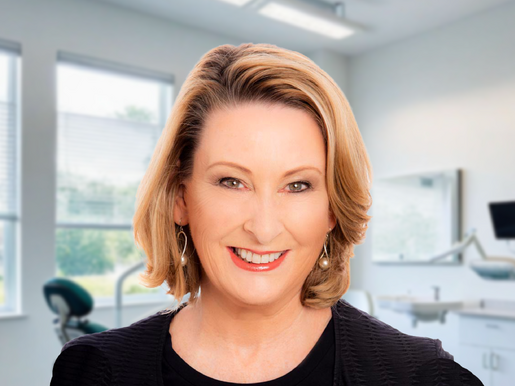
Case acceptance and specialist collaboration
After becoming a certified DSD Clinic, Andrea continued to make headway in patient communication with the DSD emotional presentation and mock-up experience. “That was a major turning point in the practice in terms of case acceptance rates,” she continues.
Another significant advantage was how DSD changed the way she worked with specialists.
"It elevated my reputation. The specialists appreciated the value and the quality of the information and they began referring cases to me," she elaborates, adding that it became a sizable referral source for work.
“Getting a clear direction about clinical intention on cases was really significant for me when working with other specialists and doing interdisciplinary work,” she says, explaining that thanks to this thorough planning, nothing was missed because all problems could be seen in advance of treatment.
When it comes to giving advice to any dentists considering the DSD journey, she says: “Embrace it wholeheartedly because you will immerse yourself in a world that is constantly pushing boundaries to find ways to deliver better dentistry than ever before.”
Another aspect that has been profoundly important to her is being part of the DSD Clinic global community.
"Being surrounded by such shared enthusiasm and passion for dentistry is huge for me. If you're truly passionate about dentistry and want to be at the forefront, you want to be immersed in a community that is going to be sharing and caring and driving better dentistry,” she explains.
"It elevated my reputation. The specialists appreciated the value and the quality of the information and they began referring cases to me."



